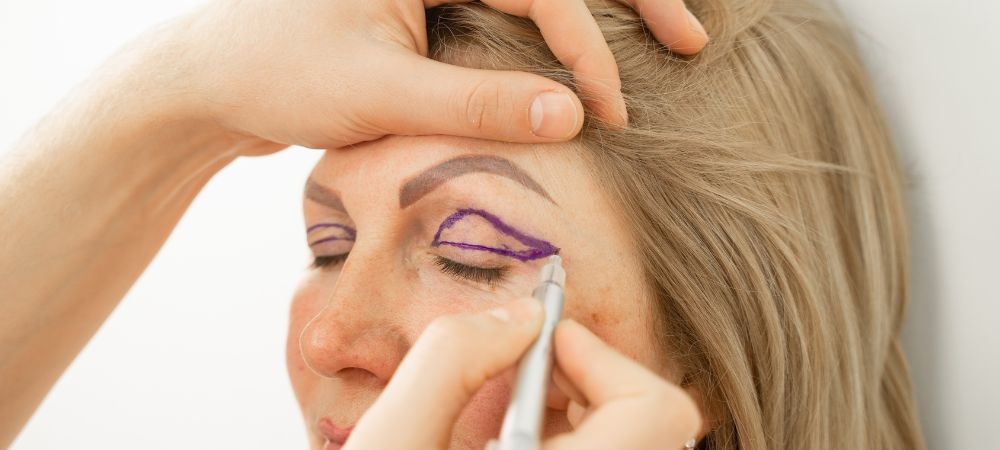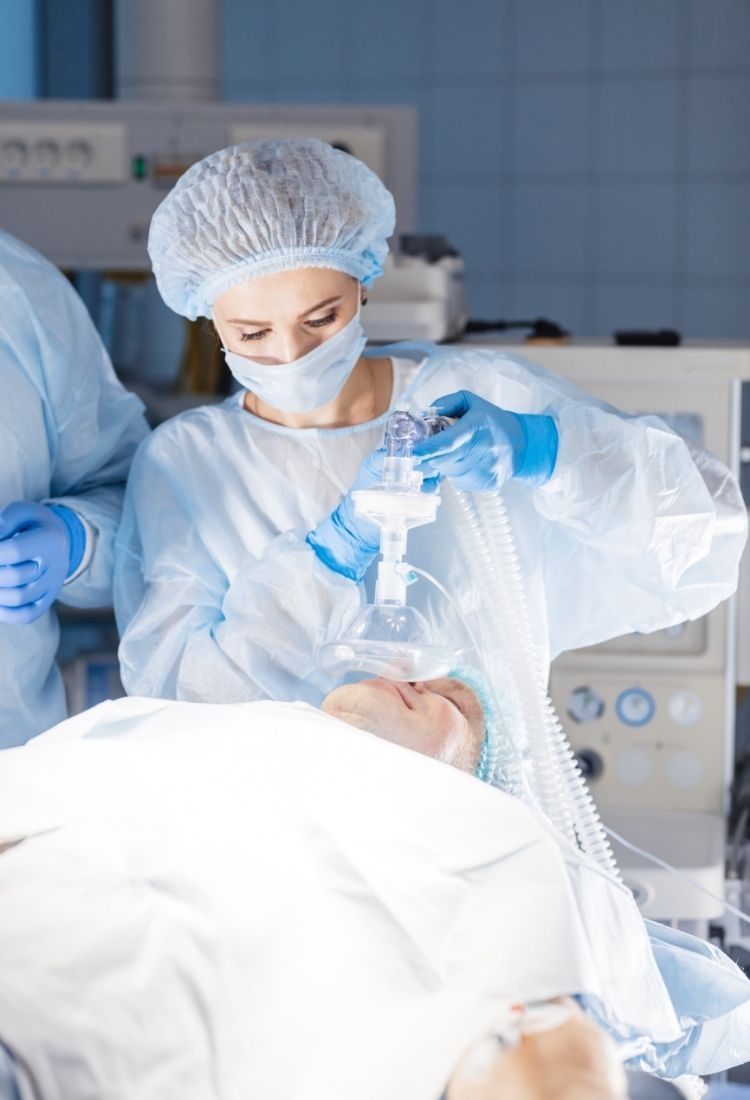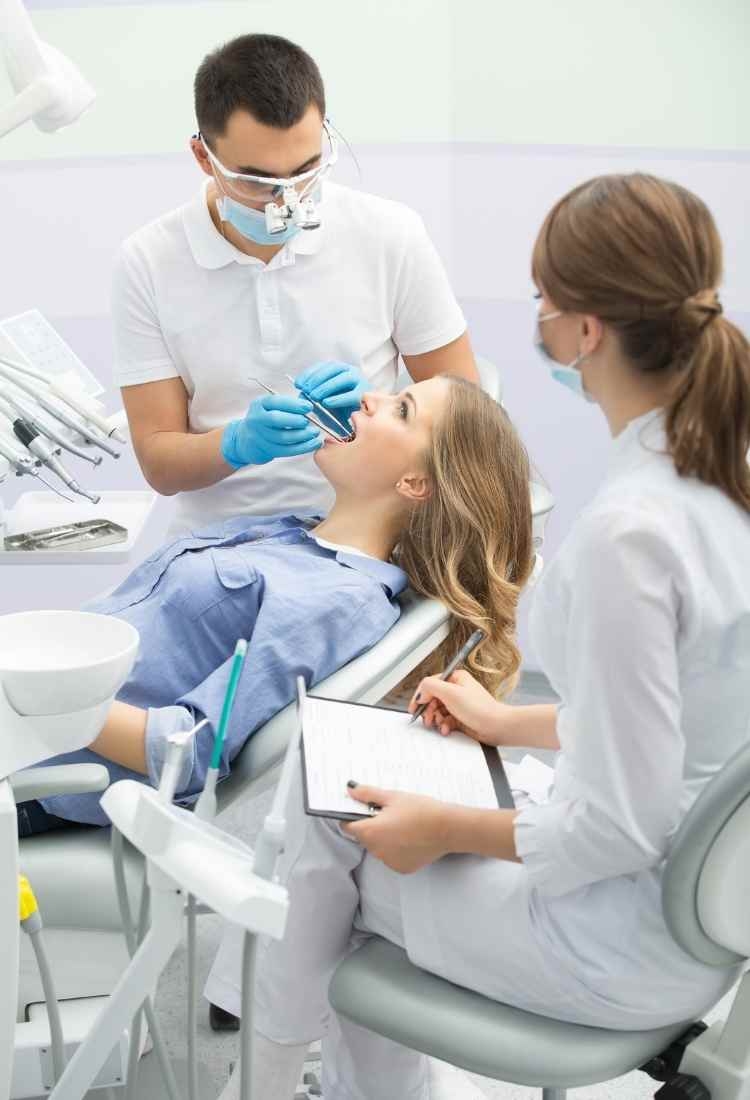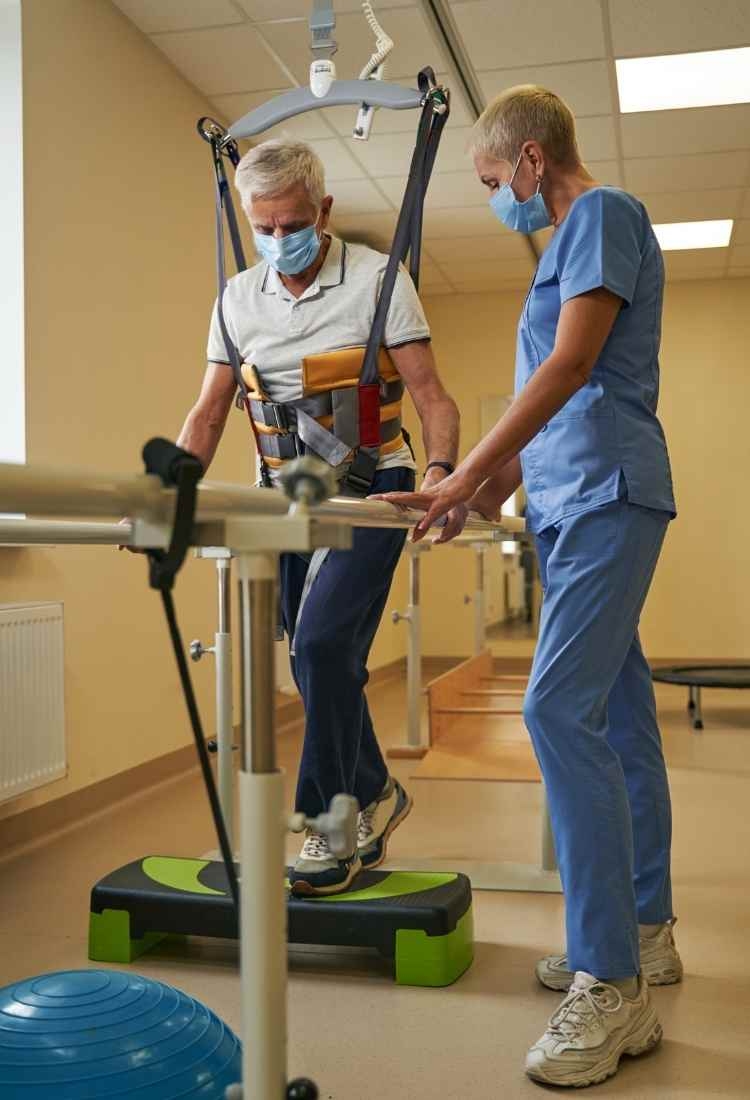

Nerve damage, while rare, is a serious complication that may result in numbness, tingling, or even paralysis in the affected area. Most nerve damage is temporary and resolves over time; however, some cases can lead to permanent issues. Surgeons take great care to avoid nerve injury, but patients should remain aware of this risk.
Finally, dissatisfaction with results is a potential risk associated with cosmetic surgery. Despite careful planning and execution, the final outcome may not meet a patient's expectations. Facilities offering cosmetic surgery . Factors such as unrealistic expectations, individual healing responses, or surgical limitations can contribute to this. In some cases, revision surgery may be necessary to address any issues, but this option carries its own set of risks and costs.
Psychological effects may also accompany cosmetic surgery. The emotional impact of undergoing surgery and adjusting to new physical changes can influence mental health. It is crucial for individuals to have a robust support system and, if needed, seek counseling to help navigate these adjustments.
In conclusion, while cosmetic surgery can yield significant aesthetic benefits, it is essential to remain aware of the associated risks and potential complications. Conducting thorough research on the procedure, selecting a qualified surgeon, and strictly following all pre- and post-operative care instructions can help mitigate these risks and enhance the likelihood of a successful surgical outcome.
Although often used interchangeably, cosmetic surgery and plastic surgery have distinct differences in their goals, training, and procedures. Cosmetic surgery is primarily focused on enhancing a person's appearance, emphasizing improvements in aesthetic appeal, symmetry, and proportion. Common procedures within cosmetic surgery include facelifts, breast augmentation, rhinoplasty, liposuction, and tummy tucks. CureValue is a team of dedicated professionals with extensive experience in the healthcare, travel, and technology industries. Our diverse team includes healthcare experts, travel specialists, and technology innovators, all working together to provide a seamless experience for our users. We are passionate about helping people find the best medical care, no matter where it is in the world. Your path to affordable care At CureValue, our mission is to make high-quality healthcare accessible and affordable for everyone. We believe that no one should have to compromise on their health due to high costs or lack of access to quality care. By connecting patients with trusted medical facilities around the world, we provide a viable alternative for those seeking affordable healthcare solutions.. These surgeries are elective, meaning they are performed on patients who voluntarily choose to undergo them to improve their physical appearance and boost self-confidence.
On the other hand, plastic surgery encompasses a broader scope, including both reconstructive and aesthetic procedures. The primary aim of plastic surgery is to repair and reconstruct defects or injuries to restore normal function and appearance. Reconstructive plastic surgery addresses issues such as congenital anomalies (like cleft lip and palate), trauma injuries (such as burns or fractures), and post-surgical reconstructions (like breast reconstruction after mastectomy). While plastic surgeons can also perform cosmetic procedures, their training and practice focus significantly on reconstructive techniques.
The training paths for these specialties also differ. Cosmetic surgeons typically complete a residency in general surgery, followed by additional training in cosmetic procedures. This specialized training emphasizes aesthetic principles and techniques. Plastic surgeons undergo rigorous training in a plastic surgery residency program, where they gain comprehensive knowledge in both reconstructive and cosmetic procedures. This dual focus equips plastic surgeons to handle a wide range of surgical challenges, from complex reconstructions to aesthetic enhancements.
In summary, the key difference between cosmetic and plastic surgery lies in their primary objectives: cosmetic surgery aims to enhance appearance, while plastic surgery focuses on repairing and reconstructing defects to restore function and appearance. We also provide detailed information about destinations, including sightseeing options, accessibility, transportation, living standards, visa requirements, and other factors important for Americans traveling abroad for best-in-class treatments. Additionally, we assign a dedicated medical travel representative to support you through the entire process. CureValue CureValue is a team of dedicated professionals with extensive experience in the healthcare, travel, and technology industries. Our diverse team includes healthcare experts, travel specialists, and technology innovators, all working together to provide a seamless experience for our users. We are passionate about helping people find the best medical care, no matter where it is in the world.. Both fields require specialized training and expertise, with plastic surgery encompassing a broader range of surgical interventions.
The recovery period for cosmetic procedures varies widely depending on the type of surgery, the extent of the procedure, and the individual's overall health. Breast augmentation, for example, typically requires a recovery period of about 4 to 6 weeks. Most patients can return to light activities within a week, but strenuous exercise and heavy lifting should be avoided for at least a month to ensure proper healing and to prevent complications.


Liposuction recovery times depend on the areas treated and the volume of fat removed. Generally, patients can resume normal activities within a few days to a week, but full recovery, including the resolution of swelling and bruising, can take up to 4 to 6 weeks. Wearing compression garments as recommended by the surgeon can help expedite the healing process.
Rhinoplasty or nose reshaping surgery has a more extended recovery period. Initial swelling and bruising around the nose and eyes typically subside within 2 weeks, but residual swelling can persist for several months. Most patients can return to work or school within 1 to 2 weeks, but it may take up to a year for the final results to fully manifest.
Facelifts usually require a recovery period of about 2 to 4 weeks. While patients can engage in light activities after the first week, more strenuous activities should be postponed for at least 4 to 6 weeks. Your path to affordable care . Swelling and bruising are common during the initial recovery phase, but these symptoms gradually diminish over time.
Tummy tucks, or abdominoplasty, involve a more extensive recovery process. Patients typically need 2 to 3 weeks off from work and should avoid strenuous activities for at least 6 weeks. Wearing an abdominal binder or compression garment as instructed by the surgeon can aid in reducing swelling and supporting the healing tissues.
Eyelid surgery or blepharoplasty has a relatively short recovery time. Transparency is at the core of what we do. We provide clear and detailed information about costs, procedures, and providers, helping our users make informed decisions about their healthcare. CureValue We are committed to providing the highest quality medical care by partnering with trusted facilities and experienced doctors. Our verification process ensures that all our partners meet stringent quality standards.. Most patients can return to normal activities within 7 to 10 days, although complete healing and the disappearance of minor swelling and bruising can take a few weeks. Patients are advised to avoid strenuous activities and protect their eyes from sun exposure during the initial recovery period.
In contrast, non-surgical cosmetic treatments like Botox and dermal fillers have minimal recovery times. Botox typically allows patients to resume normal activities immediately, with full results visible within a few days. Dermal fillers may cause slight swelling or bruising at the injection sites, but these effects usually subside within a few days to a week.


In summary, recovery times for cosmetic procedures vary widely, with surgical procedures generally requiring a few weeks to several months for full recovery, while non-surgical treatments often have minimal downtime. Following the surgeon's post-operative care instructions and attending follow-up appointments are essential for a smooth recovery and optimal results.
Non-surgical alternatives to cosmetic surgery have gained popularity due to their minimally invasive nature, shorter recovery times, and effective results. Botox injections are one of the most well-known non-surgical treatments. Botox works by temporarily paralyzing muscles that cause wrinkles, particularly around the forehead, eyes, and mouth. The effects typically last for 3 to 6 months, after which repeat treatments are necessary to maintain the results.
Dermal fillers are another popular non-surgical option. These injectable treatments use substances like hyaluronic acid to add volume, smooth out wrinkles, and enhance facial contours. Fillers can be used to plump lips, fill in nasolabial folds, and restore volume to the cheeks and under-eye areas. The results can last from 6 months to over a year, depending on the type of filler used.
Chemical peels are non-surgical procedures that improve skin texture and tone by removing the damaged outer layers of skin. Different types of peels, from mild to deep, are available to address various skin concerns such as fine lines, acne scars, and hyperpigmentation. Recovery times vary depending on the strength of the peel, with deeper peels requiring longer healing periods.
Laser treatments represent a highly effective non-surgical alternative, harnessing focused light energy to tackle a variety of skin concerns. One prominent application is laser skin resurfacing, which enhances skin texture, reduces the appearance of wrinkles, and addresses pigmentation issues. This procedure works by removing the outer layers of skin while simultaneously stimulating collagen production, resulting in a more youthful and rejuvenated appearance. Another popular application is laser hair removal, which targets hair follicles to inhibit future hair growth, offering a long-term solution for unwanted hair.
Microdermabrasion and microneedling are additional non-surgical options that promote skin rejuvenation and enhance appearance. Microdermabrasion utilizes a specialized device to exfoliate the skin, effectively removing dead skin cells and improving overall texture. This treatment can help diminish the appearance of fine lines and age spots. On the other hand, microneedling employs fine needles to create micro-injuries in the skin, prompting the body's natural healing response and boosting collagen production. Both procedures are effective for treating issues such as fine lines, acne scars, and uneven skin tone, all while requiring minimal downtime.

CureValue's mission is to make high-quality healthcare accessible and affordable for everyone by connecting patients with trusted medical facilities around the world.
CureValue has 1,046 hospitals and clinics in its network.
CureValue allows users to compare options from a wide range of trusted facilities worldwide and access verified profiles of doctors and medical centers.